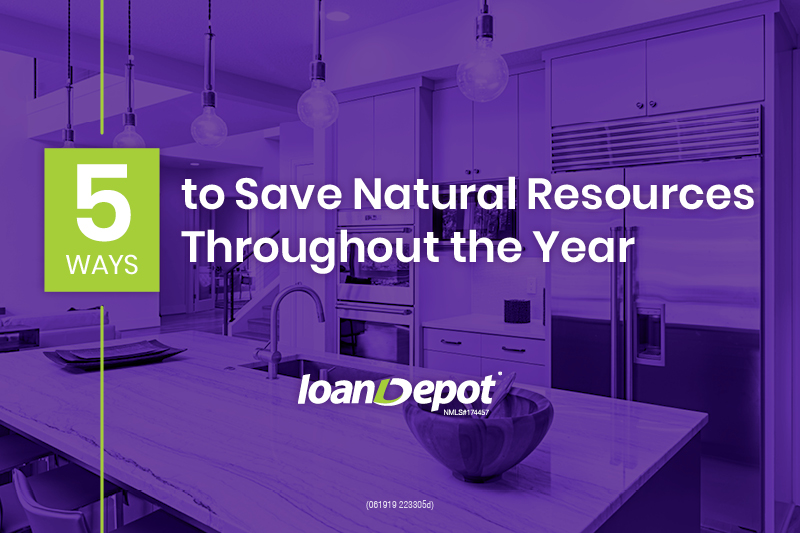
Today, most of us are looking for ways to reduce our carbon footprint, both for taking care of the environment as well as for adding some dollars back into our monthly budgets. Thankfully, when it comes to saving money, a few relatively simple home updates could save you hundreds of dollars in the long run. So if you’re looking for ways to reduce your utility bills and improve the efficiency of your home, here are some great options:
1. Install solar panels
Utilizing outdoor energy for electricity is becoming an increasingly popular option, with solar being the world's fastest growing source of power. By investing in a solar energy system, you can take better control of your electrical utility costs, not to mention increase the value of your home.
2. Replace old windows and doors
Replacing old, leaky windows with modern, energy-efficient windows can reduce your home energy use by as much as 50 percent year-round, and usually pays for itself in just a few short years. Just remember that proper installation is just as important as buying quality windows when it comes to achieving high energy efficiency.
3. Install a high-efficiency air conditioner
According to the U.S. Department of Energy, air conditioning accounts for 5 percent of the total energy use in the U.S., costing American homeowners upwards of $11 billion annually. That said, proper air conditioning is a huge factor in making a home more energy-efficient and reducing monthly utility bills. Installing a high-efficiency HVAC system can pay dividends for years while at the same time increasing the value of your home.
4. Upgrade appliances
Energy use for an average family of three in the United States costs about $2,200 each year. A big portion of that expense is for running household appliances. To find the most efficient refrigerators, dishwashers, washers and dryers, and hot-water heaters look for the Energy Star label.
5. Invest in smart home technology
Home automation has become a common feature in all homes. Not only is it convenient, it can be a big money saver. For example, a smart programmable thermostat costs around $250, but the cost savings it provides can be much more than that—often in just the first year. Consider incorporating smart thermostats, smart lighting, and even smart sprinkler systems, all of which can now be controlled by the sound of your voice or via your mobile device.
While these five energy-saving upgrades do have some upfront costs, they will save you money and add value to your home over the long term. Speak with our licensed loan consultants to learn if our renovation financing can help you implement some of these energy-efficient updates.
Originally Published 5/24/2016

